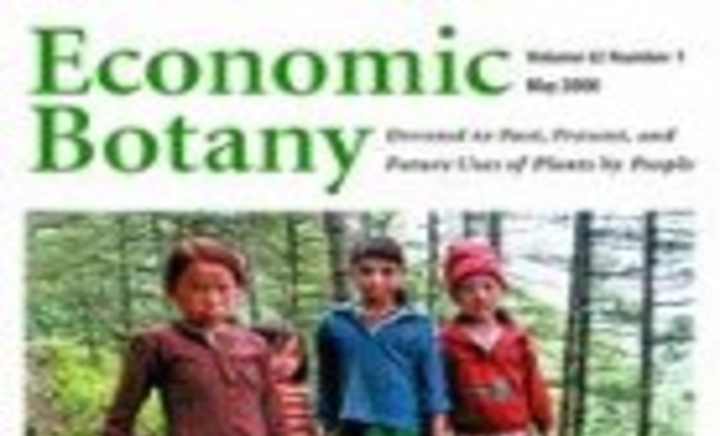Collection and Use of Wild Edible Fungi in Nepal
 Image credit: [Economic Botany]
Image credit: [Economic Botany]
Abstract
The significance of the contribution of wild edible mushrooms to rural livelihoods is acknowledged, but remains largely unexplored. This study investigates the collection of wild edible Nepalese fungi, which species are used, and what are the specific characteristics of the collectors and the collection. Data were collected using 282 structured questionnaires, interviews, and forest walks in 17 districts, environmental household accounts from 413 households in two communities, and a review of literature. A total of 228 species of wild fungi are confirmed to be used for food, and collection is most widespread among the high-mountain Tibeto-Nepalese ethnic groups, which collect an average of 18.1 kilograms (kg) fresh mushrooms per year per household, with some households collecting as much as 160 kg. We found no relation between wealth status and subsistence collection, although the commercial collectors are predominantly the poor earning up to six months of unskilled labor salary per season. Given the limited local trade and occurrence of globally marketed species, the scope for increasing contributions to rural livelihoods from collection of mushrooms, and risks in relation to this are briefly discussed.